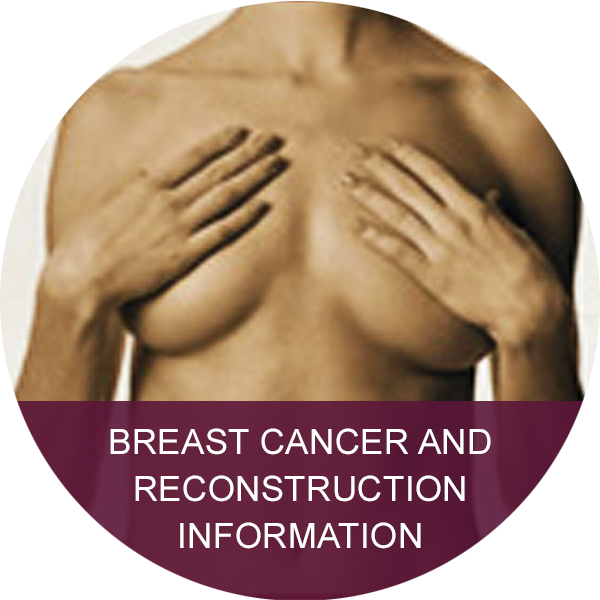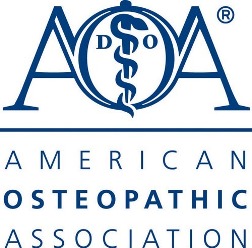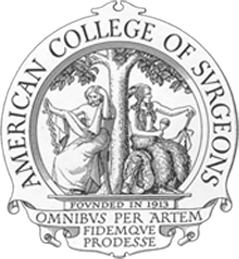When I discuss breast reconstruction with someone, I review all of the options available to them and then help them make a choice. We discuss what surgeries can be done for their specific situation and circumstance, and then they choose which option is right for them. The breast reconstruction can be started the same day as the mastectomy (immediate reconstruction) or weeks, months or even years after the mastectomy (delayed reconstruction). We do know that, psychologically speaking, women feel better if we are able to begin the reconstruction the same day as the mastectomy. To waken from surgery and see the beginning formation of a breast mound makes women feel more whole; however, there are circumstances when we have to delay reconstruction. The most notable instance is for people who have inflammatory breast cancer. This means that the cancer involves the breast skin. In this instance it is not recommended that we do immediate reconstruction, but wait at least 24 months—after the conclusion of chemotherapy and radiation treatments.
When we talk about reconstruction options, we break them down into two groups: autologous reconstruction (using your own tissue) and reconstruction with implants. According to the American Society of Plastic Surgeons 80 percent of reconstruction in the United States is done with implants. There are also certain circumstances where we combine using a person’s own tissue and an implant to achieve the desired result.
Tissue from the abdomen, back, or thigh can be used for reconstruction with various techniques and recovery times. When using implants we will sometimes start by stretching the skin with a tissue expander—this process can take several weeks. When the breast reaches the desired size the surgeon replaces the tissue expander with a permanent implant. While some women choose to enlarge their breast size with this surgical opportunity, others elect to be reduced in size and lifted. Plastic and reconstructive surgeons should be instrumental in taking the negative cancer situation and turning it into an opportunity to improve a woman’s self esteem.
Some women elect to stop after this first stage of reconstruction. They are pleased with the look of the breast mound in clothing and bathing suits and they do not want to pursue further surgery. Others want their new breast to look as natural as possible. The next step can be the reconstruction of a nipple and subsequent tattooing. There are many techniques to create a new nipple by using an individual’s own skin. We can take skin from another place (armpit or groin), we can use skin from the opposite nipple, or we can use the skin from around the scar of the mastectomy. Tattooing further enhances by coloration of the newly created nipple. If nipple projection is not a concern, the woman can skip the nipple reconstruction surgery and proceed directly to tattooing. Three dimensional tattooing gives the illusion of having a projected nipple.
For women having a one-sided mastectomy, we can perform an number of different procedures to make the other breast match. This can include breast augmentation, breast reduction or simply a lift to match the height of the reconstructed breast. For women undergoing a lumpectomy with radiation the size and shape of the breast may change. She may need a symmetry procedure after treatment to make the breasts match in shape and size.
It is important to remember that breast reconstruction has no effect on the treatment of cancer–positively or negatively. The reconstructive surgeon should always take a back seat to the treatment plan of the oncologist. If someone is undergoing chemotherapy or radiation, we do not proceed with any further reconstruction until they have finished their treatment and the oncologist has given us clearance to do so. It is critical that the entire care team communicate and coordinate the treatment plan effectively. Weekly team meetings can help to facilitate this open communication and planning. The breast surgeon and the plastic surgeon must be able to work collaboratively in order to schedule the reconstruction at the same time as the mastectomy. Also both surgeons must understand the woman’s goals for the surgery and work together to achieve those results. There are techniques that each surgeon uses that are complementary of each other in order to achieve outstanding results. Unfortunately, almost half of the women undergoing mastectomies in the United States are not offered reconstruction. This could be due to the lack of a solid medical team. The patient may need to be her own advocate when choosing her surgeons.
The most important thing to remember about breast reconstruction is that all decisions are individual. Find a plastic surgeon who will review all of the options with you and help tailor the surgery to your needs and wants. If you do not feel that the surgeon or their staff has given you the information or the time needed to help make your decision, then seek out a second opinion. Other breast cancer survivors and support groups are also a great source of information. Breast reconstruction is all about the individual being pleased with their new appearance and feeling whole again—mind and body.
—Excerpted from Dr. Scarlett’s chapter in Surviving Cancer: Our Voices & Choices. Click here for more book info.








